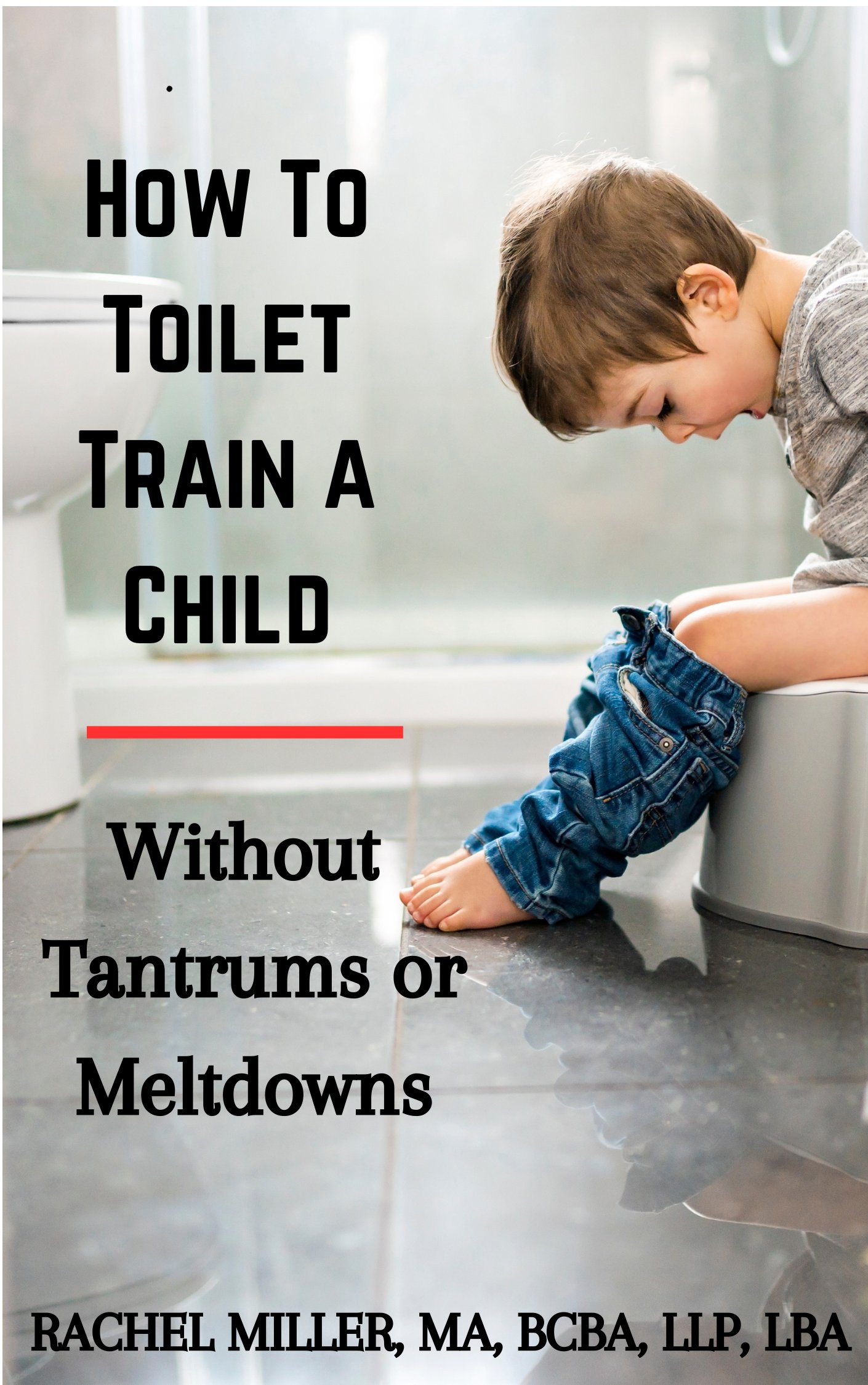ABA in Autism Therapy:
Proven Treatments That Help Children Thrive

ABA Autism therapy, or Applied Behavior Analysis, is widely recognized as the gold standard for helping children with autism develop critical life skills. Whether your child is just beginning their autism journey or you've been exploring therapies for a while, understanding how ABA works—and how it can be tailored to your child—is essential.
In this guide, we’ll walk you through the basics of ABA Autism therapy, the different types of ABA-based treatments, and how to find the right support and services in your area. You'll also find helpful links to in-depth resources on each therapy method.
What Is ABA Autism Therapy?
ABA is currently the most scientifically validated treatment for autism a behavioral approach rooted in decades of research and evidence. It focuses on improving socially significant behaviors by breaking them down into small, manageable steps. These behaviors can include communication, social interaction, self-care, and academic skills.
Developed in the 1960s by Dr. Ivar Lovaas, ABA therapy has evolved into a variety of applications for children with autism spectrum disorder (ASD) focused on extensive research using ABA in autism therapy. The goal is simple but powerful: to help each child reach their fullest potential by reinforcing positive behaviors and reducing behaviors that interfere with learning.
Unlike many therapies, ABA Autism treatments are measurable. Therapists track data during every session to monitor progress and adjust techniques as needed, ensuring personalized care for every child.
Why Is ABA Autism Therapy Effective?
ABA Autism treatment is based on the principles of learning theory—how we acquire and maintain new behaviors. This therapy works by using positive reinforcement and structured repetition to teach essential skills.
The effectiveness of ABA Autism programs lies in their customization. Each child receives an individualized treatment plan tailored to their strengths, challenges, and developmental goals. These plans are implemented by trained ABA therapists, typically under the supervision of a Board Certified Behavior Analyst (BCBA).
Common ABA Autism Techniques
ABA Autism therapy can be delivered in several different formats. Here are some of the most widely used approaches, all grounded in ABA principles:
1. Discrete Trial Training

DTT is a structured teaching approach where skills are broken down into small steps and taught through repeated trials. It’s one of the most well-known ABA Autism techniques and is often used to teach early learning, language, and behavior.
Each session involves a cue (instruction), a child’s response, and a consequence (reinforcement or correction). DTT is especially useful for children who benefit from a highly structured learning environment.
2. Pivotal Response Training (PRT)
PRT takes a more naturalistic approach than DTT originally developed by Dr. Robert L. Koegel and Dr. Lynn Kern Koegel, at the University of California, Santa Barbara.. It focuses on "pivotal" behaviors like motivation, self-management, and the child’s ability to respond to multiple cues. Instead of using artificial rewards, PRT reinforces learning through naturally occurring outcomes.
For example, if a child wants a toy, they might be encouraged to verbally request it. The toy then becomes the reward. This method encourages more spontaneous language and social interaction. Like DTT, it is also used to teach appropriate play, social skills, communication/language, academic skills, and decrease undesirable behaviors. However, direct and natural reinforcement are used to encourage efforts and not necessarily a specific behavior.
3. Picture Exchange Communication Systems

PECS or picture exchange communication systems are a treatment method used to help children with nonverbal or minimally verbal children demonstrating characteristics for autism or other speech delays. Communication is a key component to eliminating difficult behaviors. Children learn to communicate their needs and wants through picture cards, which reduces frustration and improves communication.
Explore how to Use PECS at home >>
Who Provides ABA Autism Therapy?
Therapy is typically provided by:
ABA Therapists
- Board Certified Behavior Analysts (BCBAs) – Design and oversee treatment plans.
- Registered Behavior Technicians (RBTs) – Work directly with your child under the supervision of a BCBA
- Behavior Technicians – Sometimes a general term used to refer to trained individuals delivering ABA therapy under the supervision of a BCBA.
The quality of therapy depends heavily on the training and experience of the provider, so always ask for credentials and supervision details.
Benefits of ABA Autism Therapy
Parents often report the following improvements:
- Increased communication (verbal or nonverbal)
- Better social interaction and play skills
- Reduction in problem behaviors like aggression or self-injury
- Improved self-care and daily living routines
- More independence and confidence
ABA Autism therapy can be life-changing, but it works best when started early and done consistently.
Do Schools Offer ABA Autism Programs?
If your child has been diagnosed with autism, one of the most important decisions you'll make is choosing the right educational setting. Many parents ask: Do schools offer ABA Autism programs? The answer is—sometimes. But it depends on where you live and what type of school you're considering.
Public Schools and ABA Autism Support
Public schools are required under the Individuals with Disabilities Education Act (IDEA) to provide a Free Appropriate Public Education (FAPE) to students with disabilities. This means they must create an Individualized Education Plan (IEP) that addresses your child’s unique needs—including behavior.
However, while some public schools may incorporate elements of ABA Autism therapy, it's often not as intensive or individualized as what you'd find in a dedicated ABA center. Public school ABA services are typically delivered by a special education teacher or paraprofessional who may or may not have extensive ABA training.
Some school districts partner with Board Certified Behavior Analysts (BCBAs) or behavior interventionists to consult on behavior plans or offer support to classrooms. That said, access to these services can vary significantly by district, funding, and staffing.
If you’re pursuing public school services:
📌 Tip: If your child requires more intensive support than the school can provide, you may have the right to request an out-of-district placement in a school that specializes in ABA-based education.
🏫 Private ABA Autism Schools 💰 How to Afford Private ABA School
- Ask during the IEP meeting whether ABA strategies will be included.
- Request that a BCBA be consulted in creating behavior plans.
- Make sure goals are measurable and tied to ABA principles, such as positive reinforcement and task analysis.
Private ABA Autism schools are specifically designed to deliver intensive, one-on-one therapy throughout the school day. These schools follow structured ABA curricula, often integrating speech therapy, occupational therapy, and social skills training—all in one location.
Benefits of private ABA Autism schools include:
- Higher therapist-to-student ratios
- Direct oversight by BCBAs
- Consistency between education and behavioral therapy
- Tailored teaching methods for children with various levels of verbal and cognitive ability
Some of the best ABA Autism schools also use naturalistic teaching methods like Pivotal Response Training (PRT) alongside more structured approaches like Discrete Trial Training (DTT). This variety helps children generalize skills in real-world environments.
🔗 Explore your options for ABA Autism schools near you »
While private ABA Autism schools provide exceptional support, they can be expensive. However, in some states, funding options may be available through:
- Insurance (thanks to autism insurance mandates)
- Medicaid waivers
- State-funded autism scholarships or grants
- School district placements through IEP disputes
Summary: ABA in Autism Therapy Helps Unlock Potential
ABA Autism therapy offers a structured, data-driven approach to helping children with autism learn essential skills for independence and success. With various techniques like DTT, PRT, and PECS, and highly trained therapists guiding the process, ABA remains the most trusted treatment option for families seeking lasting results.
If you haven't already, be sure to check out my ebooks, now on Amazon!
References
1. Pivotal Response Training. Autism Speaks. www.autismspeaks.org. 12-3-11.

